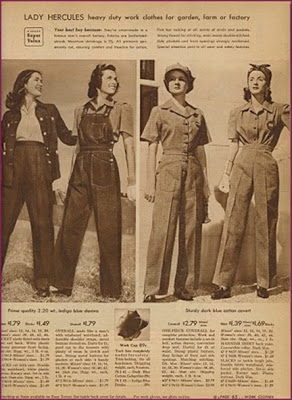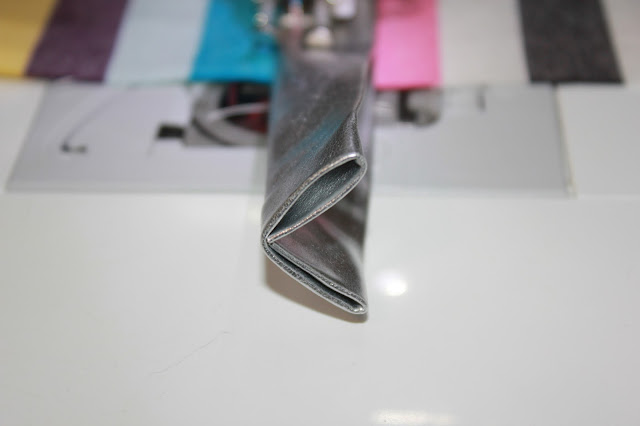My wife is an amazing woman! Last night I came home from work and she surprised me with a new tablet. I was like "WOH!". I have been coveting the
Samsung Galaxy Note 10.1 for a long time. It has a stylus which allows me to draw easily and I can use it for planning out patterns and dimensions.
Well of course when you have a new piece of technology you want to make sure it is protected, and if you are anything like me, you want it stylishly protected. That means it's time for a tablet case. First order of business was to take measurements and plan out the size of my case and its pattern pieces. I planned them all out on my new tablet! Very exciting. My tablet is 10.5" x 7.25" x .5" and that is how I got the basic measurements
***Please note the the dimensions listed below do not have seam allowance added to them and thusly you will need to add the amount of seam allowance you are comfortable sewing with. I have added a half an inch to each side.***
Based on these dimensions here is what you would need to complete this project:
- 1/2 yard of upholstery weight fabric or vinyl for the exterior
- 1/2 yard of quilter's weight cotton or lining for the interior
- 1/2 yard of batting
- 1/8 yard of vinyl for the straps or 45" of strapping
- A ruler (I prefer clear quilting rulers)
- A pen or pencil to mark with
- Scissors (I know obvious but there you go)
- 2 sets of Line 24 snaps (thats what Tandy calls them) or Heavy Duty Mighty Snaps (stupid name, but that's what Dritz calls them. Stupid)
- Matching thread
Using this stripe fabric made it easy to measure and center the portion of the stripe I wanted. I really like this multi-color color stripe.
I then drew and cut out this sugar skull shape from black vinyl. I did some decorative topstitching on it before zig zagging it centered on back pattern piece
*One thing to be careful of if you are going to add an applique on the back of your case is that it doesn't extend into the portion that will be your flap. Also if you are planning to add straps you want the to make sure your applique isn't wider than the distance between the two straps. After taking my measurements I knew that my applique had to be smaller than 7.5" tall by 6.5" wide.
After I had my sugar skull decorated to my taste I zig zagged it onto my fabric.
The pieces on top is the back of the case and the smaller rectangle on the bottom is the front. The reason the back is larger is because it has the 3" of the flap at the top.
With right sides together you are going to seam the back and front pieces together at the bottom edge and press your seams open.

After you've seamed these together and pressed your seams you can apply your straps and batting. I chose to use some silver belting I had left over for my straps. What was really convenient about the striped fabric is that it makes it really easy to line up the straps and keep them parallel.
I had some quilted batting left over from another project so that is what I'm using as an inner lining for my tablet case.
When I add batting as an inner lining I like to quilt the batting to the lining fabric. This helps to unify the pieces and keeps the inner lining from shifting.
Pin at multiple points along the fabric on the side you plan to have face up when you sew. I would suggest marking the line you plan to stitch on or if you are using fabric which is already quilted you can stitch on that quilt line. That is what I did with mine.
It's a little time intensive but it's worth it. I think it really helps the end product to be clean and precise. Plus it's cute!
Now for the straps. If you are using pre made strapping or a strip of vinyl or leather all you need to do is pin it where you want it and top stitch it in place.
*When you are topstitching your straps down don't stitch into your seam allowance on the flap edge. You need this to be free so that you can turn that top edge later.
With my belting I had to baste it down before topstitching because I needed to fold my belting in half before topstitching. By pre stitching this open it will make things easier to stitch when it's folded.
I also folded in the open edge of my belting so that the edge wasn't raw. I did this to clean up the look of the strap.
I totally forgot to photograph the next step in a fit of exhaustion. I have diagramed the next step here. You should start with the exterior fabric and stitch it at 1/2" seam allowance (or whatever seam allowance you've decided on). Next stitch the lining together in the same way but stitch the lining at 5/8" seam allowance. Stitching the SA (seam allowance) slightly larger on the lining it makes it easier to fit the two pieces together later.
.jpg)
So I hope that was clear. I felt like a dufus! Bad Caroline! Once you've made those seams in the next step is to stitch the two pieces together and bag them out. Each piece should look like a little pouch. What you need to do is turn the lining with the right sides facing out, which means your seams will be inside of the pouch. Place the lining inside of the exterior pouch and line up the seams and pin them together at the seams. Clip into the seam allowance almost to the stitch line, at the point where you back stitched 1/2" from the top of the front piece. This will make it easier to manipulate the fabric when you put it through the machine.


Starting from 2" off of the center of the flap stitch along the outside edge, make sure that you don't catch your straps in this seam, you want to fold them to the inside. Stop stitching 2" off center on the opposite side, this will leave a 4" opening at the center of the flap. This will allow you to turn the bag right side out and allow you to have beautiful clean finished edges.
Once you've stitched around the outside edge turn the bag right side out pushing the lining inside of the exterior fabric.
Now you have to turn the seam allowance of your opening to the inside and you can either hand stitch the opening closed or top stitch it closed. I top stitched around the top edge of mine.
All that you need to do now is place and rivet your snaps on. I used my clear ruler to mark where the snap needed to go. Then I took my awl and put a hole through all the layers so that I could put my snap through. Then I hammered my snaps together.
As you can see I also added my own little label to the flap. I'm not selling it, but I just love how this looks. I think it adds a polish to the whole thing.
And we're done!!! HOORAY!!!
Let me know if you need any help with any of the steps. I'm happy to show you anything else you need!
-Caroline
 I really enjoyed it although I have to say I do not relish printing patterns at home and taping them together. Not my favorite thing ever.
I really enjoyed it although I have to say I do not relish printing patterns at home and taping them together. Not my favorite thing ever.





































.jpg)

















.jpg)


















